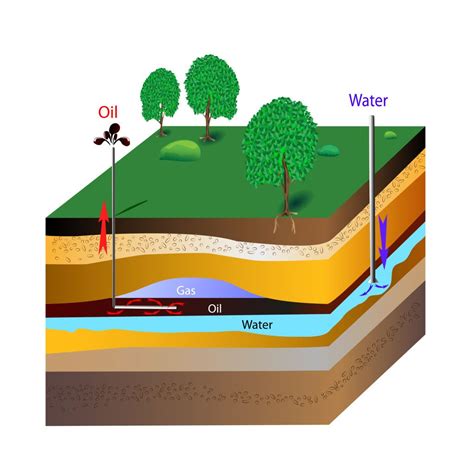How Do You Get Oil Out Of Water
Ronan Farrow
Mar 20, 2025 · 3 min read

Table of Contents
How to Get Oil Out of Water: A Comprehensive Guide
Oil spills are devastating environmental events, but understanding how to remove oil from water is crucial for both large-scale cleanup efforts and smaller, localized situations. This guide will explore various methods for effectively separating oil from water, catering to different scenarios and resource availabilities.
Understanding Oil-Water Separation Principles
Before diving into the methods, it's essential to grasp the fundamental principles behind oil and water separation. Oil and water are immiscible, meaning they don't mix. This property allows us to exploit various techniques that leverage their density differences. Oil, being less dense than water, typically floats on the surface.
Key Factors Influencing Separation
The efficiency of oil removal depends on several factors:
- Type of Oil: The viscosity and chemical composition of the oil influence its behavior and the effectiveness of different separation techniques.
- Water Volume: Larger volumes of water naturally require more extensive and potentially more sophisticated methods.
- Environmental Conditions: Weather conditions like wind and waves can significantly affect the effectiveness of surface cleanup methods.
- Available Resources: The choice of method often depends on the resources available, ranging from simple household items to specialized equipment.
Methods for Removing Oil from Water
Here are several methods, ranging from simple DIY solutions to more advanced techniques:
1. Gravity Separation (Simple Decanting)
This is the simplest method, suitable for small quantities of oil in relatively calm water. Allow the mixture to settle undisturbed; the oil will naturally rise to the surface. Carefully scoop or siphon off the oil layer. This method is effective for light oils with low viscosity.
2. Absorption
Absorbent materials like sponges, cloths, or specialized oil sorbents can effectively soak up oil from the surface. This method is ideal for localized spills and smaller areas. However, proper disposal of the saturated absorbent material is crucial to prevent environmental contamination.
3. Skimming
Skimming involves using a device to physically remove oil from the water's surface. Skimmers range from simple hand-held devices to large, mechanically powered vessels used in large-scale oil spill cleanup. This method is effective for removing substantial quantities of oil from larger bodies of water.
4. Filtration
For finer oil dispersions or emulsions, filtration may be necessary. This method uses filters with specific pore sizes to separate the oil from the water. This approach is more common in industrial settings or laboratory contexts.
5. Coagulation and Flocculation
These chemical treatments use substances to clump together the dispersed oil droplets, making them easier to separate through sedimentation or skimming. This is a more advanced technique often employed for larger spills where oil is emulsified in the water.
Choosing the Right Method
The most appropriate method depends heavily on the specific situation. Consider these factors:
- Scale of the Spill: Small spills might be manageable with absorption or gravity separation, while large spills require more advanced techniques like skimming or chemical treatment.
- Oil Type: The viscosity and specific properties of the oil will dictate the effectiveness of different methods.
- Available Resources: Consider the availability of equipment and personnel. A simple sponge might suffice for a small spill, while a large cleanup operation will require specialized equipment and a team of trained professionals.
Environmental Considerations
Always prioritize environmental protection during any oil removal process. Proper disposal of collected oil and used absorbent materials is crucial to minimize secondary pollution. Adhere to local regulations and guidelines for handling and disposing of oil waste.
By understanding the principles of oil-water separation and the various methods available, you can effectively address oil spills of any size, ensuring a cleaner and healthier environment. Remember to always prioritize safety and responsible environmental stewardship.
Featured Posts
Also read the following articles
| Article Title | Date |
|---|---|
| How To Wire Fog Lights To A Switch | Mar 20, 2025 |
| How Do You Know If You Have Infection After Abortion | Mar 20, 2025 |
| Knight Of Cups How Someone Feels About You | Mar 20, 2025 |
| How To Use Obd2 Scanner With Push Button Start | Mar 20, 2025 |
| For How Long Is Cpr Certification Valid | Mar 20, 2025 |
Latest Posts
Thank you for visiting our website which covers about How Do You Get Oil Out Of Water . We hope the information provided has been useful to you. Feel free to contact us if you have any questions or need further assistance. See you next time and don't miss to bookmark.
